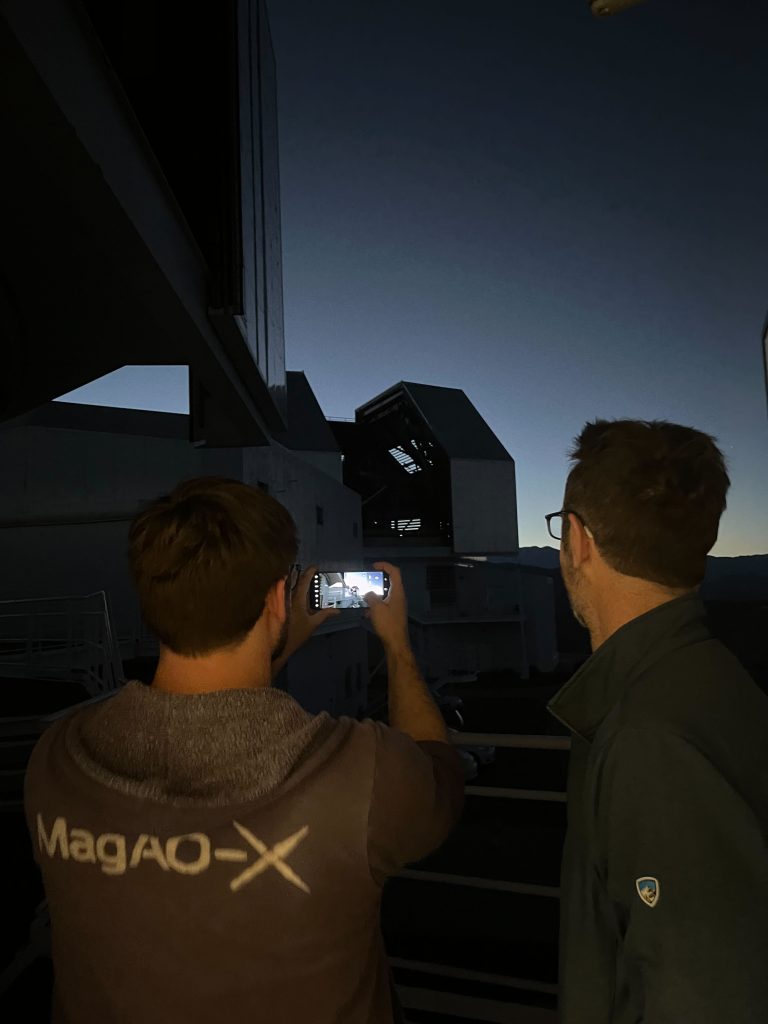Now’s about the time of the run where the nightly routine just starts to become second nature; eyes are less bloodshot and twilight is here before you know it. We’ll start this post off with some sunset glamour shots…
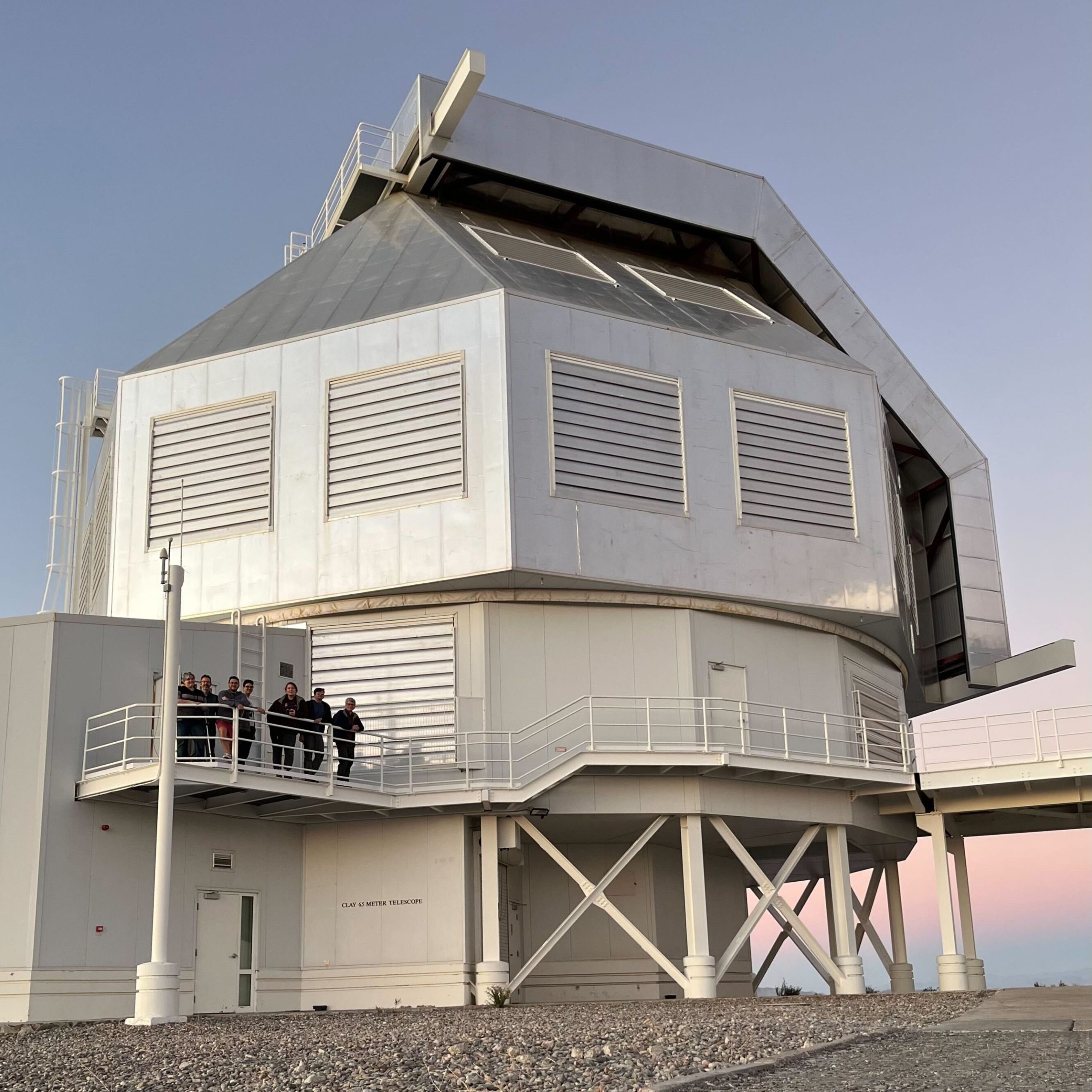
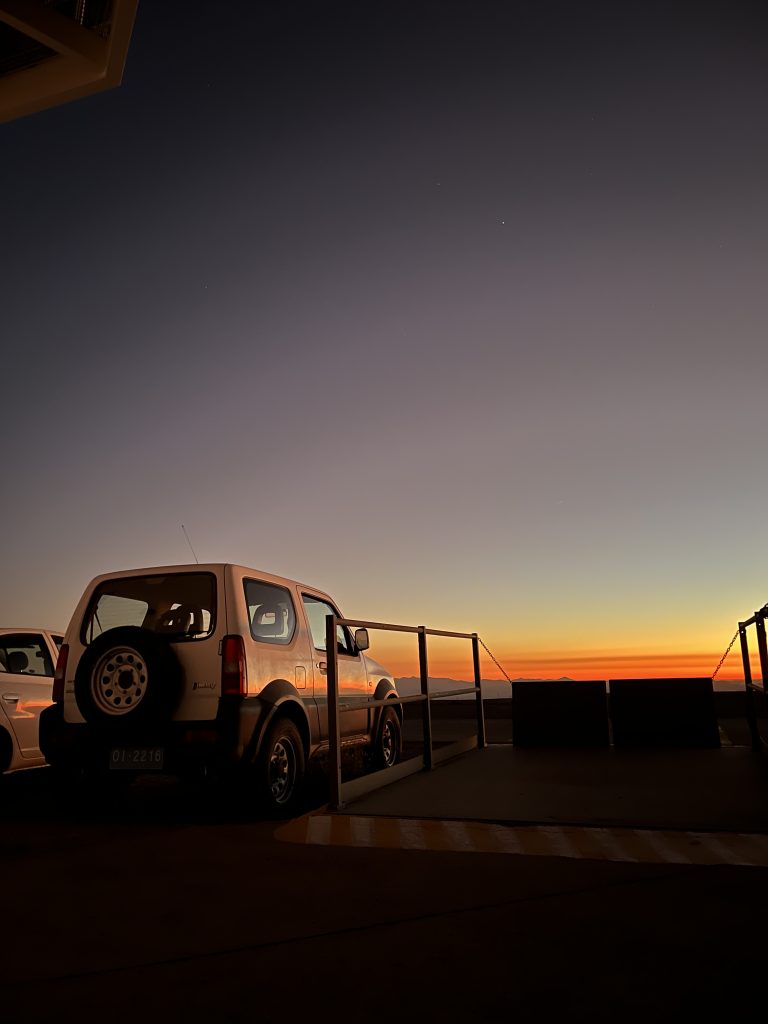
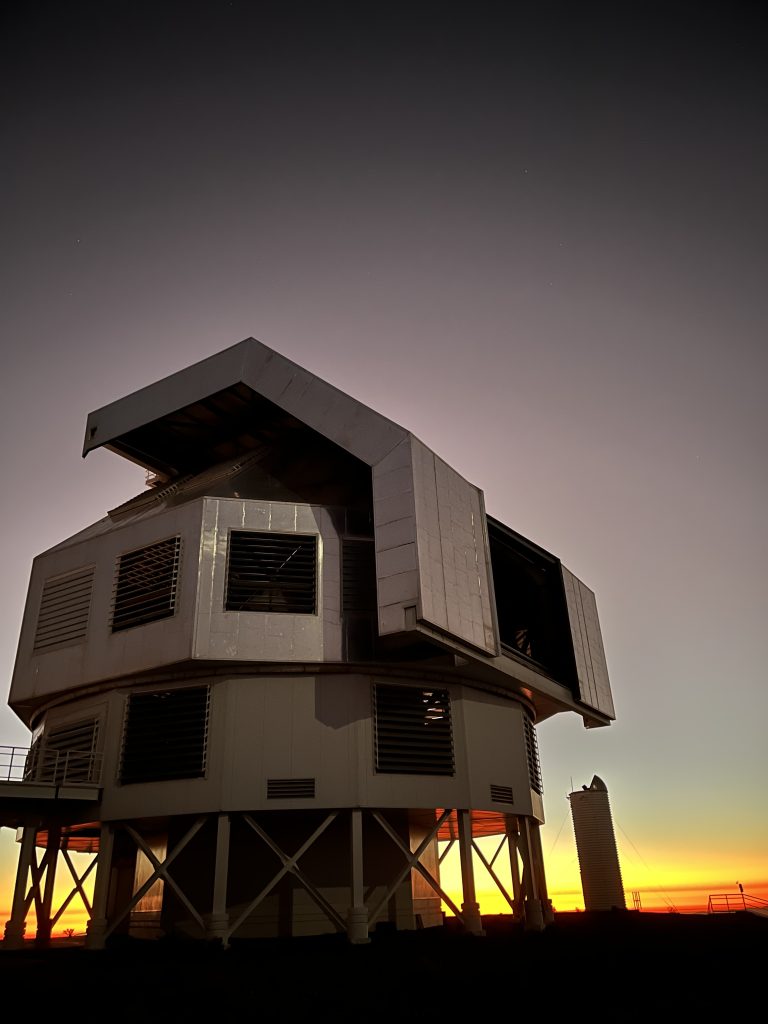
Today we were all a bit sad to bid farewell to Katie and Maggie who are off to La Serena to rehydrate and relax at the beach. However, we gained a Logan who was eager to join the festivities and contribute her science.
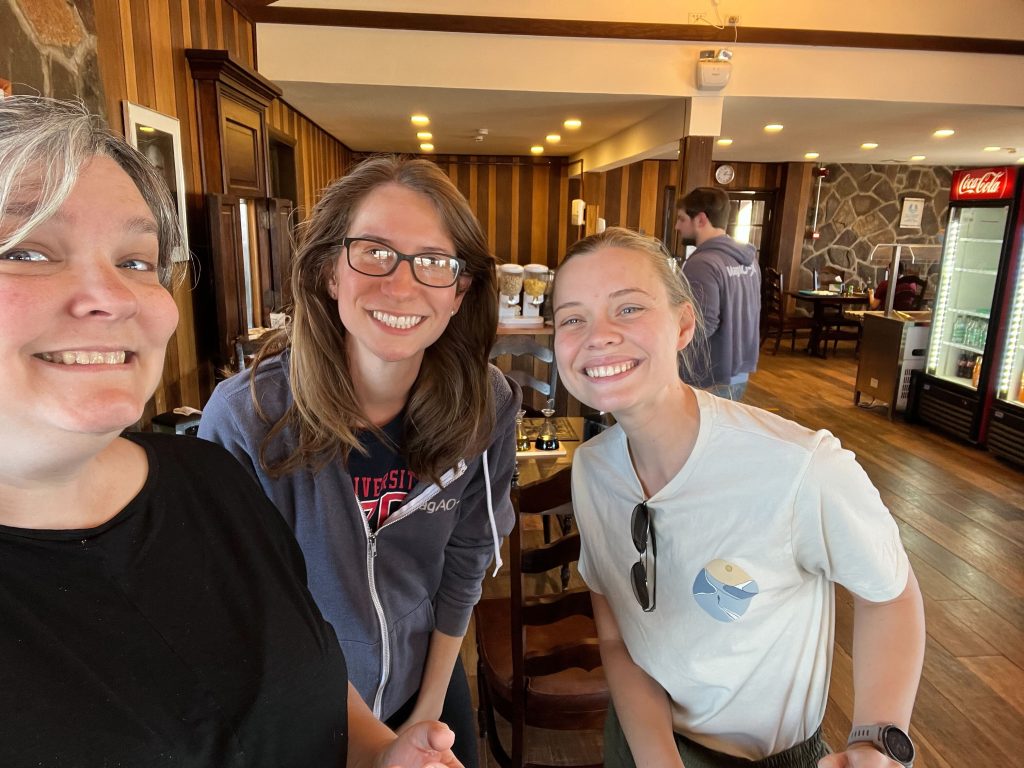
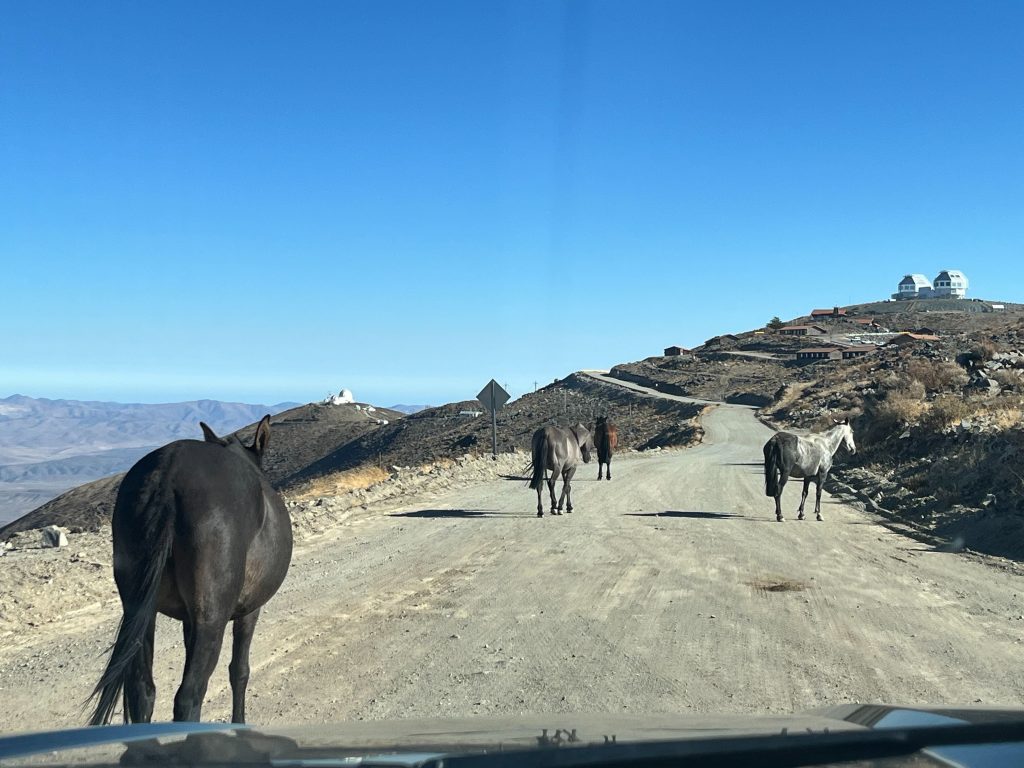
Tonight’s program featured Logan for most of the night and she definitely #nailedit, finding an impressive amount of white dwarf companions in a very short timespan. There’s probably more to come, as she still has yet to reduce her data and uncover what faint objects could be hiding in the bright halo of the host star. I think it’s safe to say that if finding binaries were a crime, she’d be on death row…!
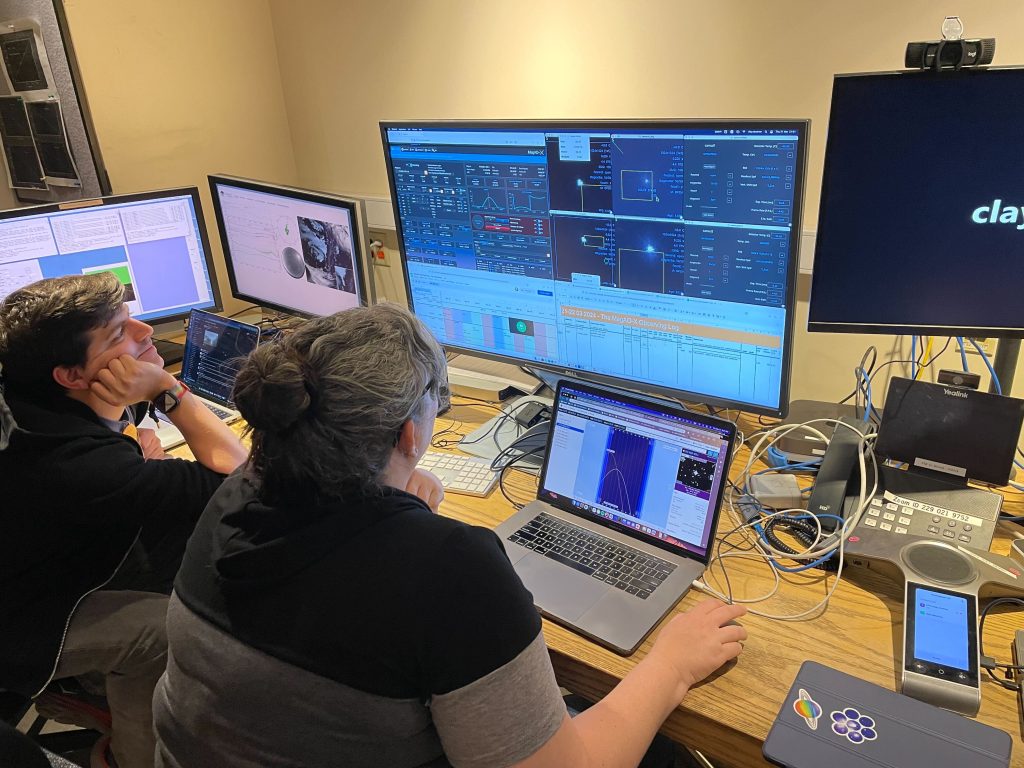
While Logan was winning, the rest of us got to work on doing some networking and installing a bunch of fancy software to be able to control MagAO-X from our own computers. After a bit of labor, I successfully got my laptop connected and was encouraged to parade the fruits of my labor to the others to raise morale. This is needed because it’ll just make our nightly operations more efficient since anyone can contribute to an instrument procedure or data collection without needing to displace anyone in the control room.
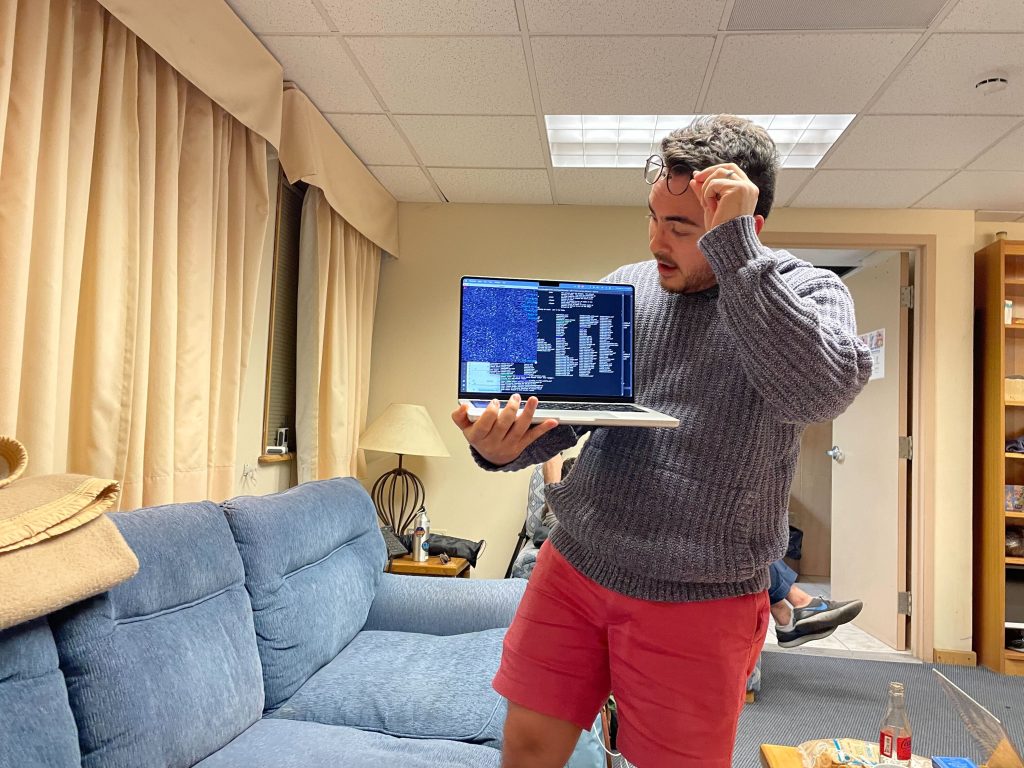
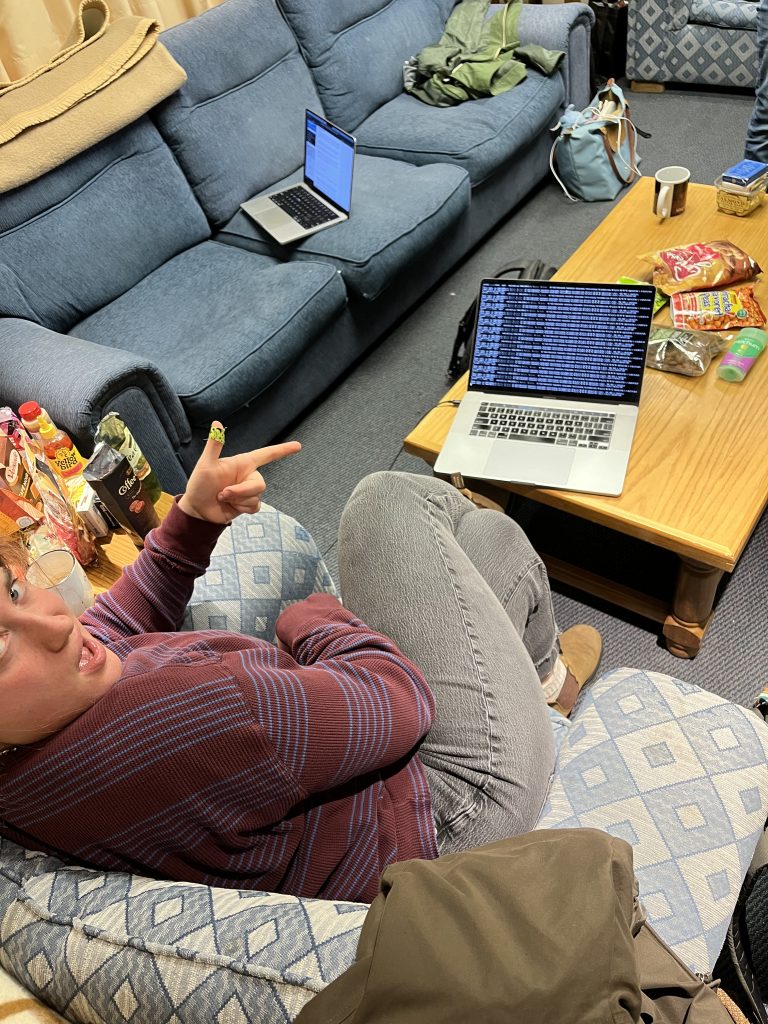
The conditions tonight, especially in the later half, were a real treat and encouraged some challenging observations of circumstellar disk HD 145560 (for Dr. Alycia Weinberger at Carnegie) that we would have otherwise not been able to effectively observe. The only way to know if these observations were successful is to perform the full data reduction (coming soon), but we all have a really good feeling about this one!

Taking full advantage of the excellent seeing, we stayed on this target as close to sunrise as possible which presented some interesting photo opportunities.
